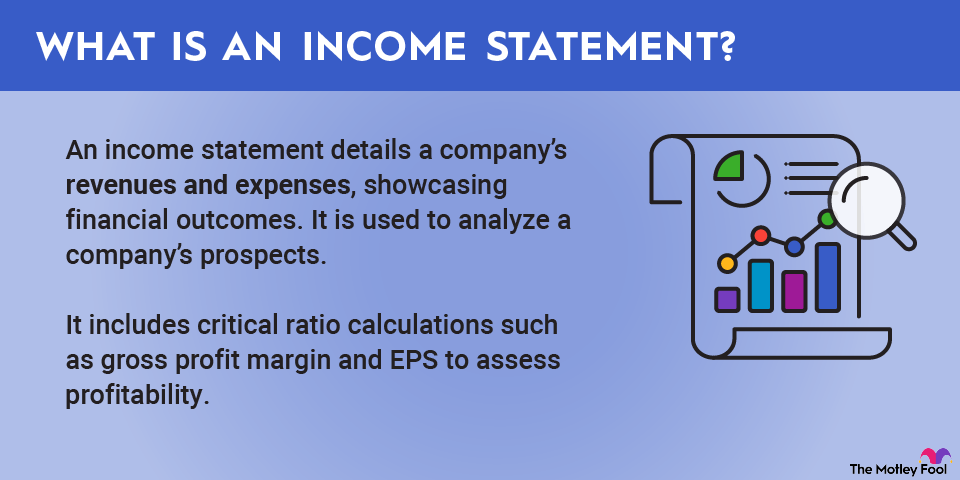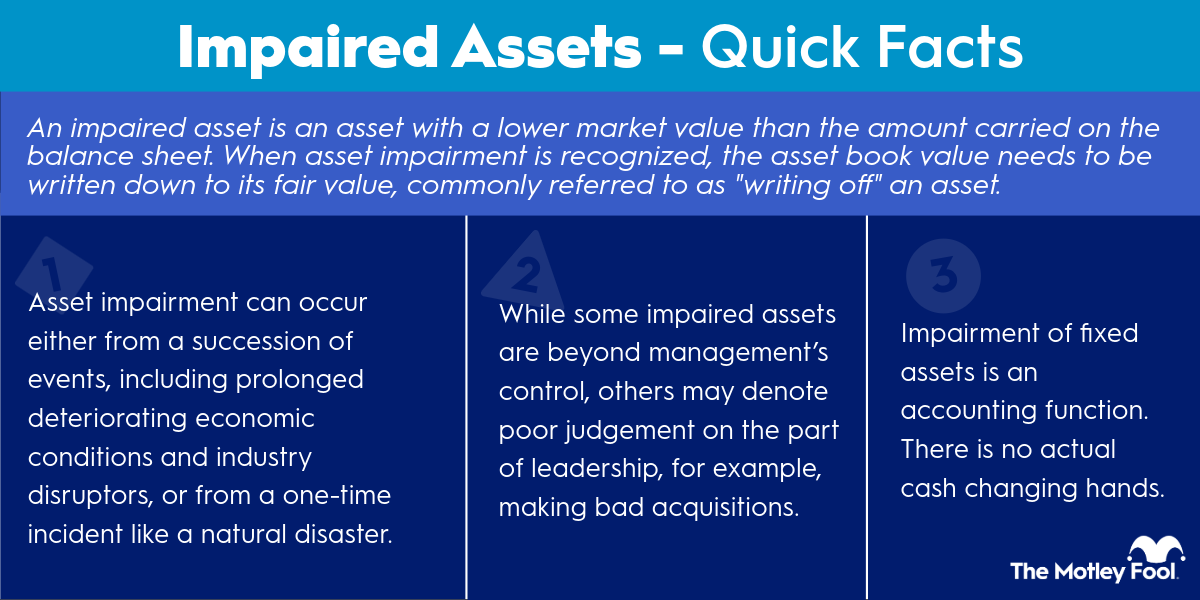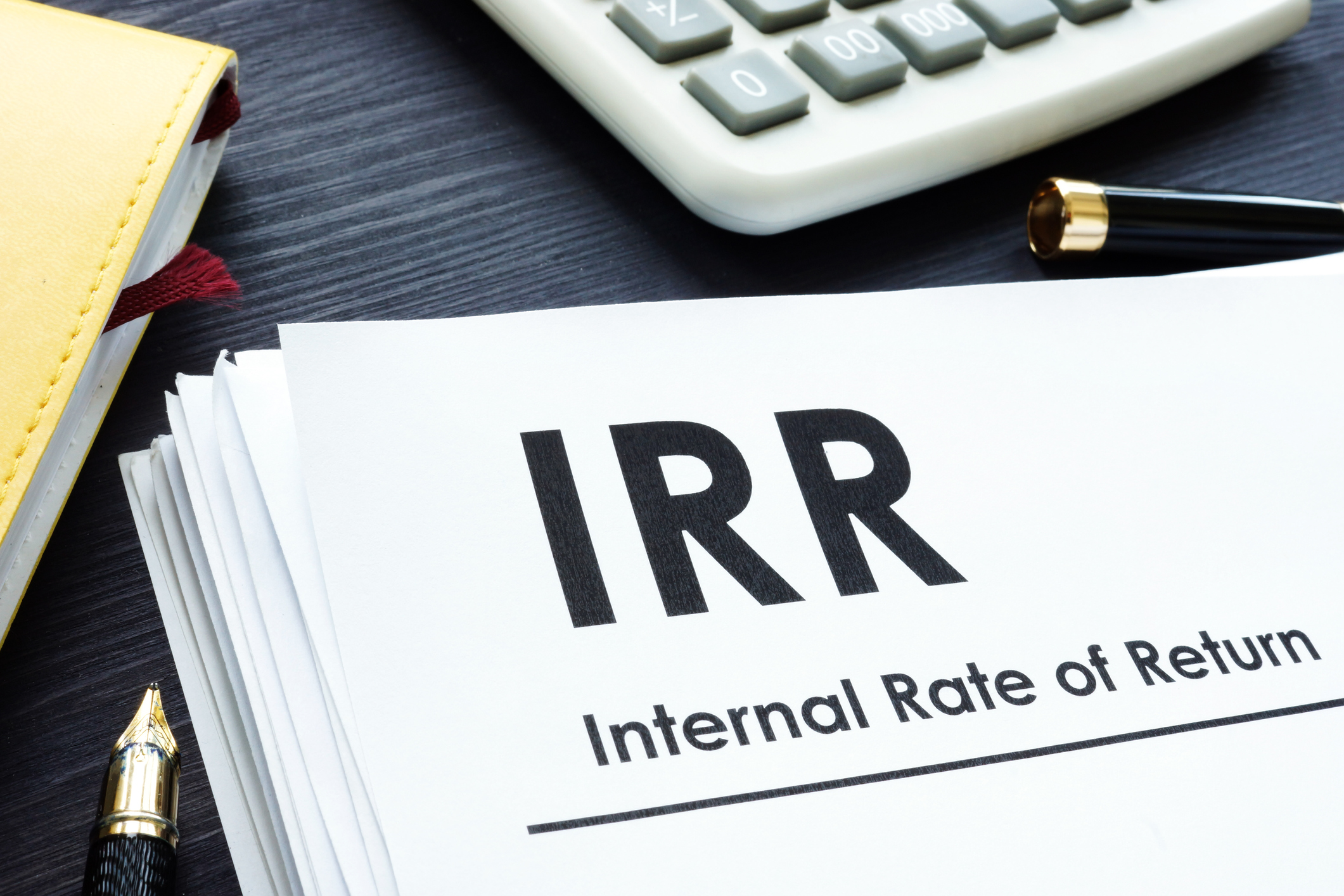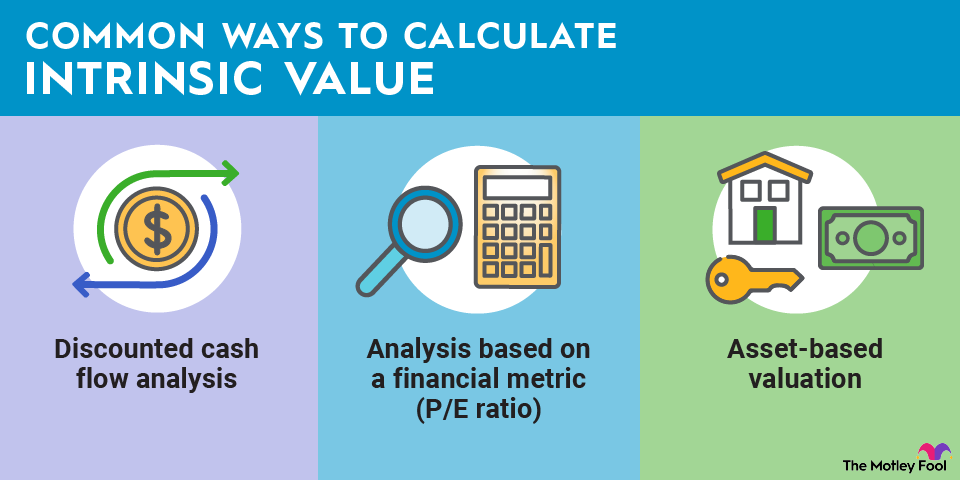Investing is a process. One important task an investor should perform before putting money into an opportunity is to develop an investment thesis. An investment thesis is a written analysis laying out the case for why an investment opportunity should generate a compelling return.
Here's a closer look at how to build an investment thesis and why it's essential to create one.
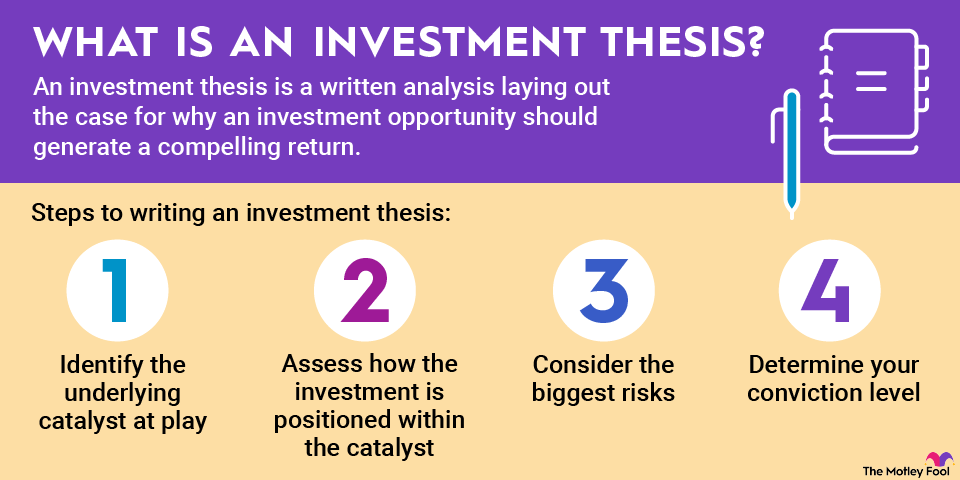
The importance of creating an investment thesis
Many people make the mistake of investing their hard-earned money into opportunities they don't fully understand. Maybe they received a tip on a hot stock at a party or got caught up in the frenzy of meme stocks and cryptocurrencies on social media. Perhaps that investment has now lost value, and they're not sure whether they should buy more, sell, or continue holding.
An investment thesis can help solve this problem. By creating a thesis on why you believe an investment will deliver an attractive return, you can use it as a guide to determine your next step when the investment experiences a large decline or some disturbing news emerges. You can measure those factors against the original thesis to see if it remains intact.
If the thesis hasn't changed, you can continue holding or potentially increase your investment. However, if you found that the thesis is busted, you can sell your investment and move on.
How to write an investment thesis
It's important to take the time to write a well-thought-out and thoroughly researched investment thesis. That will allow you to easily make sense of it for future reference. Here are four easy steps for writing an investment thesis.
Identify the underlying catalyst at play
The first step in writing an investment thesis is to determine and then outline the catalyst driving your investment thesis. For example, are you interested in the long-term upside from a secular trend or economic supercycle, or a shorter-term rebound from the economic cycle or a bear market? Write out the primary reason you believe this investment has attractive upside potential.
Assess how the investment is positioned within the catalyst
Next, look at how the particular investment opportunity compares to others that benefit from the same catalyst. Is it the largest publicly traded company focused on this opportunity? Smaller but with more upside potential? Does it align with a particular long-term investment strategy? Will it help you with balancing your portfolio? Write out why this investment is a solid choice to benefit from this catalyst.
Consider the biggest risks
As the saying goes, the best-laid plans often go awry. That's why it's vital to consider what will happen to this particular investment opportunity if something goes wrong. Some examples to consider:
- Can it withstand a recession?
- Could Congress enact legislation that would damage its prospects?
- Is there a lot of competition within the industry?
- Does it have too much debt, volatile cash flows, or an otherwise weaker financial profile?
- Is the price high? Could that result in underperformance if the catalyst doesn't play out according to plan?
Consider and jot down anything that could negatively impact this investment.
Determine your conviction level
Finally, write down your expected return from this investment and how much conviction you have in its ability to achieve that return. Then, given the catalyst, its position within that catalyst, the risk/reward profile, and your conviction level, is it worth the investment?
By going through these steps and writing a detailed investment thesis, you can proceed with confidence. Further, you can reference it in the future to ensure your thesis is playing out as expected. If not, you can make changes to your investment.
Investment thesis examples
An investment thesis doesn't need to be that long. It just needs to contain the most important factors driving your decision to invest in a particular opportunity. Here's a simplified example based on my investment thesis for Brookfield Renewable (BEP +0.79%)(BEPC +1.49%), one of my largest holdings:
Renewable energy is one of the biggest megatrends of our lifetimes. It will take the global economy three decades and more than $100 trillion of investment to transition its primary power source from fossil fuels to renewable energy.
One of the leaders in this energy transition is Brookfield Renewable. It has one of the largest globally diversified renewable energy platforms and an even bigger pipeline of development projects. Brookfield also has an extensive track record of creating value from the sector, including two decades of steady income and dividend growth, driving superior performance.
Brookfield is also well positioned to navigate the biggest risk facing the industry — access to low-cost capital to finance capital-intensive development projects — due to its rock-solid financial profile backed by a top-notch balance sheet. Given Brookfield's position within this megatrend and its historical success, I have high conviction that it can deliver market-beating total returns for years to come and would consider adding to my position on any meaningful price decline.
This example succinctly lays out the catalyst (the renewable energy megatrend), the investment opportunity's position in the trend (Brookfield is a global leader), its ability to withstand risks (Brookfield has a top-tier financial profile), and my conviction level (high).
An investment thesis isn't just for stocks; you can craft one for any investment opportunity you're contemplating. For example, you might have the opportunity to invest in a new business venture or a private company. To write an investment thesis for a venture capital or private equity opportunity, you would follow the same outline.
Venture Capital
Here's a simplified investment thesis for a new coffee shop:
People love coffee. Demand for the brewed beverage is on track to grow at a more than 8% annual rate through 2025, according to Statista. It also notes that, by 2025, 84% of coffee spending and 21% of the volume consumed will be outside the home. That growing market will benefit coffee shops.
This particular shop would be the first one in a trendy area of downtown that's undergoing a dramatic revitalization. While restaurant retail can be brutal, the group starting the coffee shop has opened several profitable locations around the city in recent years. Their past success, when combined with the coffee industry's growth, suggests this new shop should thrive. Because of that, you have a high conviction that this investment will earn a much greater return than if you invested the money in another retail opportunity.
With this venture capital investment thesis we've:
- Identified the catalyst: Growing demand for out-of-home coffee consumption.
- Classified this particular investment opportunity's position within the catalyst: First mover in a trendy area.
- Determine all the risks facing this venture: Retail is brutal.
- Considered the conviction level: High compared to other retail opportunities.
Related investing topics
An investment thesis can make you a more successful investor
Thinking through and crafting a thoroughly researched investment thesis can help you make better informed investing decisions. While it's best to write one before you invest, you can also create one for existing holdings. The investment thesis will serve as a guide allowing you to measure whether the opportunity is living up to your thesis — suggesting you hold or buy more — or if that's no longer the case, and it's time to sell.






